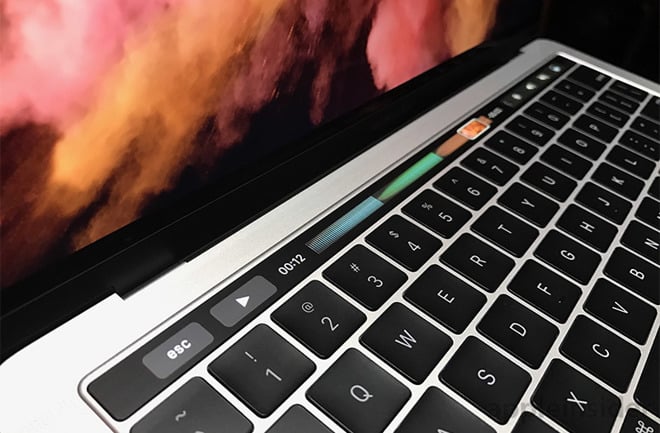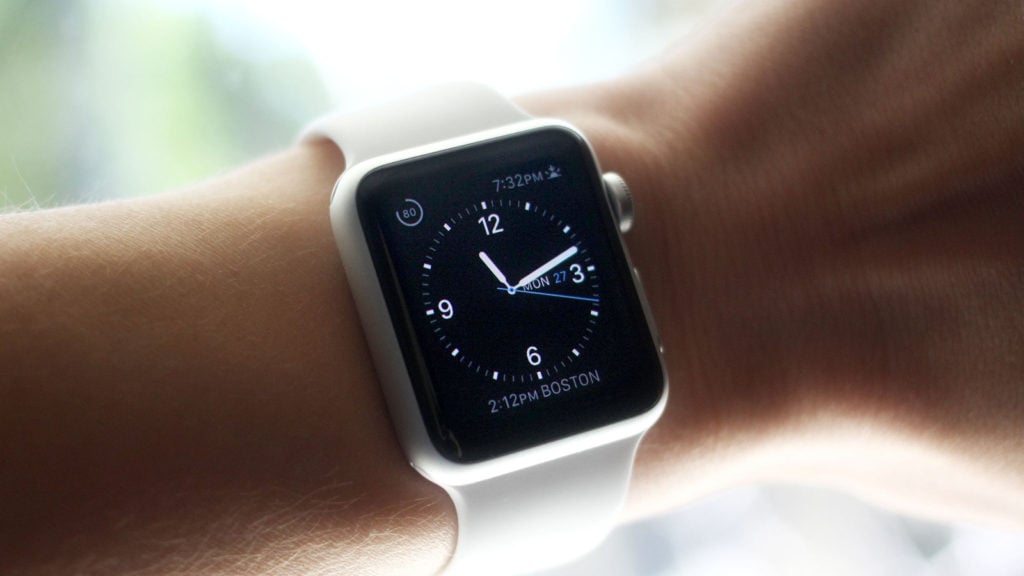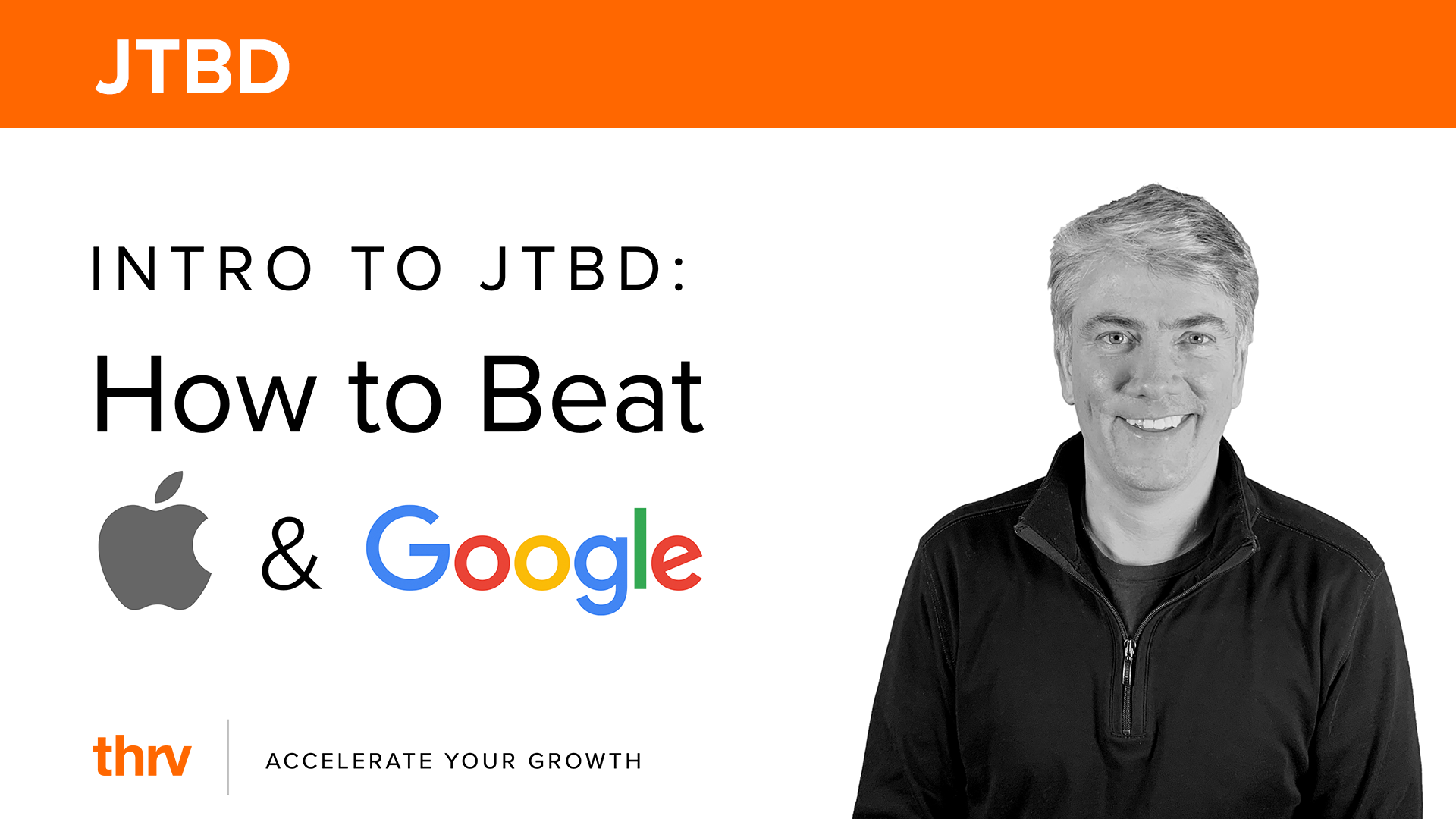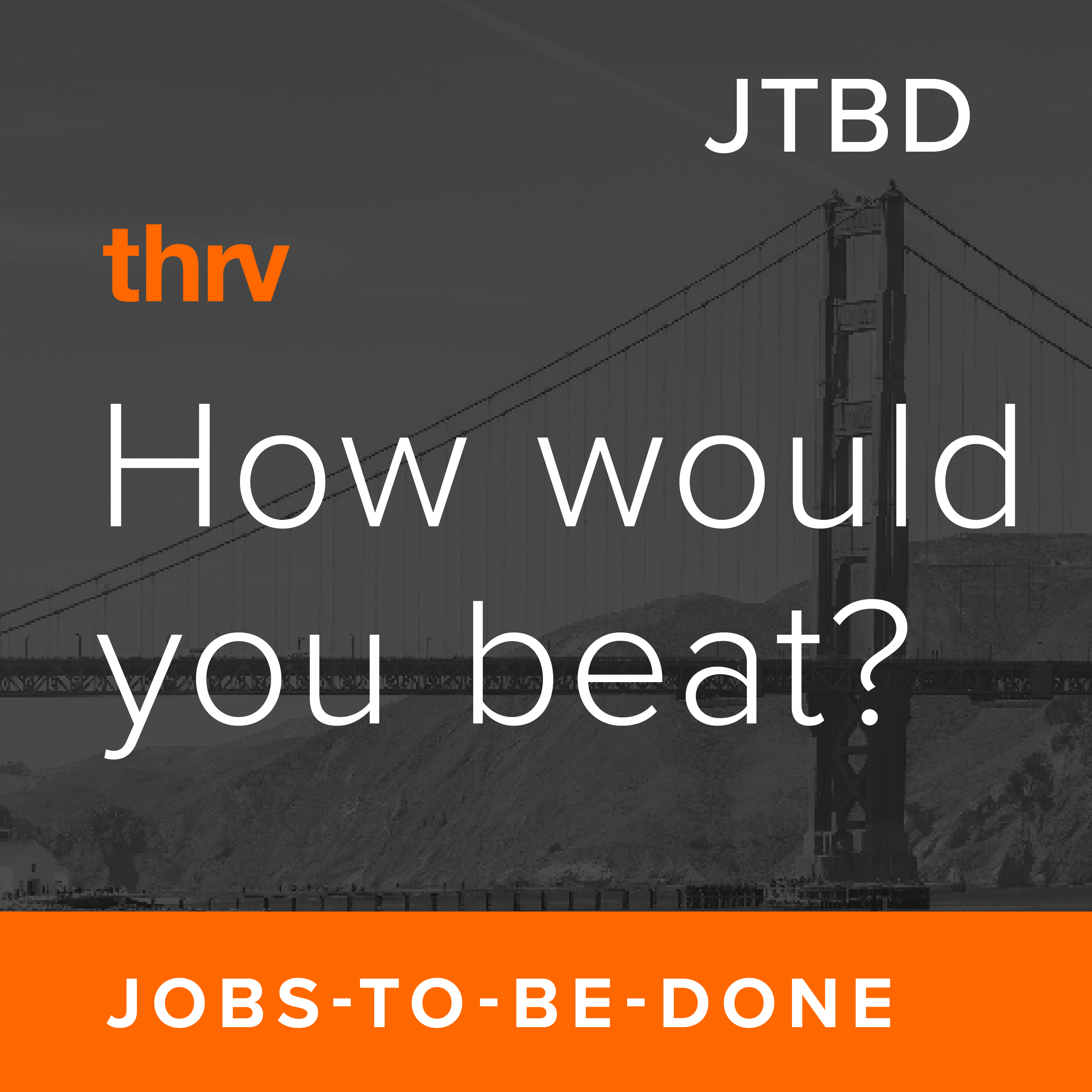January 12, 2017
How Apple Can Return to Explosive Growth

The latest version Apple's MacBook Pro hit the markets in late 2016, advertised as faster and more powerful than ever. One of its main selling points--the TouchBar--is said to make the device more versatile and easier to use.
We're accustomed to Apple's product enhancements being welcomed with open arms. But sales and reviews of the latest MacBook Pro buck that trend:
Apple sold nearly 4.9 million Macs in Q4 2016 for a revenue of $5.74 billion--a 14% decrease from the previous year (5.7 million Macs for a revenue of $6.88 billion).
Users of the MacBook Pro, like Alexey Semeney (CEO of DevTeam.Space), are claiming that Apple's newest Macbook Pro isn't a computer suitable for developers anymore.
Apple's main changes to the Mac relate to the interface, such as TouchBar and Force Touch. They have focused on consumption jobs (making something easier to interface with), rather than functional jobs (helping users meet their goals, e.g. optimize health). Improving an interface can certainly be a worthwhile endeavor, but it's unlikely that MacBook customers' biggest struggles are in interfacing with the computer.
Meanwhile, Apple's fastest growing products have made major advancements with regard to functional jobs: the iPod made it far easier to curate music, the iPhone and the app store serve dozens of jobs.
The sluggish sales of the newest MacBook Pro (and the Apple Watch) lead to bigger questions: Is Apple shifting their focus to consumption jobs rather than functional jobs? If so, what does that mean for the future of the tech giant? Let's take a deeper look here.
Apple made its fortunes on products that get functional jobs done better than the competition
With Apple's profits falling for the first time in 15 years in 2016, it's worth examining how the company elevated to greatness. Because there's hundreds of billions (and arguably trillions) at stake here.
For Apple to right the path with the Mac (and other products), it needs to return to its roots. To understand this better, it's helpful to look at what its founder has said. Steve Jobs, upon his return to Apple in 1997, stated how the company should go about creating products:
"You've got to start with the customer experience and work back toward the technology - not the other way around."
So, innovation at Apple begins with the customer experience - which means not just how the user interfaces with the product (a consumption job) but how the user can achieve a goal (a functional job). Since the functional job (e.g. communicate with a team, buy a home, optimize health) is why the market exists, it needs to be the primary focus of the customer experience. A good interface that doesn't get a functional job done better than the existing solutions will not succeed in a market.
For example, if a new health app has a beautiful, easy to use interface, but does not help optimize your health in any way, you will likely stop using it. But a new app that clearly and definitively helps you optimize your health will be a market success (as long as its interface is good enough to deliver the benefits of optimizing your health). Craigslist is a classic example of a product that gets the functional job done so much better than the competition that consumers overlook the bare bones, dated visual design.
Apple's success is often mistaken as "good interface design" when its true success is the result of helping customer get functional jobs done combined with good interface design.
Clayton Christensen, a Harvard Business School professor who wrote Innovator's Dilemma and Competing Against Luck, expressed this idea succinctly, "Customers don't buy products; they hire them to get a job done." The reasoning for this is simple: when people struggle to get something done on their own, they'll hire a person, product or service to get it done.
In its history, Apple has built a host of products that massively improve their customers' ability to get important jobs done. When the product does not get a jobs done to a satisfactory level (or better than the competition), customers fire it. This could very well be what is happening with the MacBook Pro.
Michael Tsai, a software developer, writes in his blog, "Apple has either lost its way" or "it simply doesn't care about" developers. For Tsai (and many others), the MacBook Pro's focus on convenience, looks, and complex interface enhancements, has made it clear Apple doesn't view the jobs developers have to get done as a core focus.
Not all is lost, though. Apple might have made a mistake, but it likely isn't lethal. Focus and dedication to solving customer needs better than anyone else is how Apple can regain its former growth trajectory.
Apple must focus on the right innovations
As I noted in my post about Apple's $3 trillion valuation, no company is "organized to focus on the customer experience like Apple." The key for Apple is in not losing sight of why products should be created--to satisfy customer needs in both functional and consumption jobs.
Apple must remember failure will result if there is too much focus on consumption jobs rather than functional job. Instead, the tech giant needs to be focused again on functional jobs (like it was when Steve Jobs was there). Among Apple's recent creations, there are two good product examples to illustrate this idea.

First, consider the Apple Watch:
- It looks stylish.
- It tells the time.
- It offers faster access to notifications.
Today, the Apple Watch is mainly an interface, i.e. a consumption product, for the iPhone. Sales data shows exactly why consumption products don't succeed on their own. (Having said that, the Apple Watch as a platform can evolve to get functional jobs done on its own; it's just not there yet.)
During the week of April 10, 2016, the Apple Watch, sold an average of 200,000 units per day. By July, it was down to roughly 20,000 watches per day. Clearly, after the initial novelty wears off, consumption products don't bring sustainable success and market transformation.
Now, consider the Apple CareKit (a healthcare app for the iPhone):
- It manages medical conditions.
- It shares health information with doctors.
- It includes sections for treatment plans and updates.
Here, Apple gets it right. The CareKit is a functional product platform, because it helps complete jobs. On top of that, the CareKit has the ability to disrupt healthcare--an industry that needs to be more integrated and mobile.
Even more importantly, the CareKit makes the Apple Watch more useful. Right now, the Apple Watch is essentially a luxury item and accessory of the iPhone (e.g., a non-essential consumption job). It does not directly address a job customers need to get done, and low sales have reflected that reality. But the CareKit could make the Apple Watch relevant again. Its sensor capabilities have direct applications for health apps, and could make the Apple Watch a functional job product instead.
If Apple focuses on innovations like the CareKit, it could really extend its market and reassure the world that it hasn't lost sight of the commitment to functional jobs that made it great in the first place. After all, healthcare spending in just America totaled $3.2 trillion in 2015, accounting for 17.8% of GDP. Tech products like this that solve patient and doctor needs would certainly make Apple a major player in the sector.
Apple will stay atop the throne
Even today, Apple remains the world's most valuable company. That's largely because of the tech giant's ability to continually satisfy unmet needs in functional jobs.
Apple has had its recent "struggles" with the Apple Watch and MacBook Pro (struggles only relative to the iPhone's success). If such issues continue, the company could be in trouble. But one look at its history will tell you that the company can once again innovate and stay on top.
There are numerous examples of Apple reinventing itself. For instance, in 2001, when the iPod came out, it simply waxed the competition. That's because it was a functional product that solved customer needs much better than the competition. To this day, the iPod is the best-selling digital audio player ever.
Then, in 2007, the iPhone was released, and the world went nuts. As Horace Dediu of Asymco notes, the iPhone has been what has disrupted the Mac in many ways. It has also disrupted the iPod, since it can get listening to music jobs done much better.
Why has the iPhone been so successful? Because it's central to a platform full of apps that get many different jobs done more effectively for users from get to a destination on time to learn a foreign language to stay in touch with friends and family. The arrival of worthy competition means Apple must continue to innovate. And that innovation must center on getting functional jobs done better than anyone else.
So, it's not panic time yet. Judging by its history, Apple will once again innovate through a focus on functional jobs, and enjoy sustainable success.
Posted by Jay Haynes View all Posts by Jay Haynes
Learn How to Grow Faster
Learn how to use JTBD to accelerate your growth and create equity value faster.





